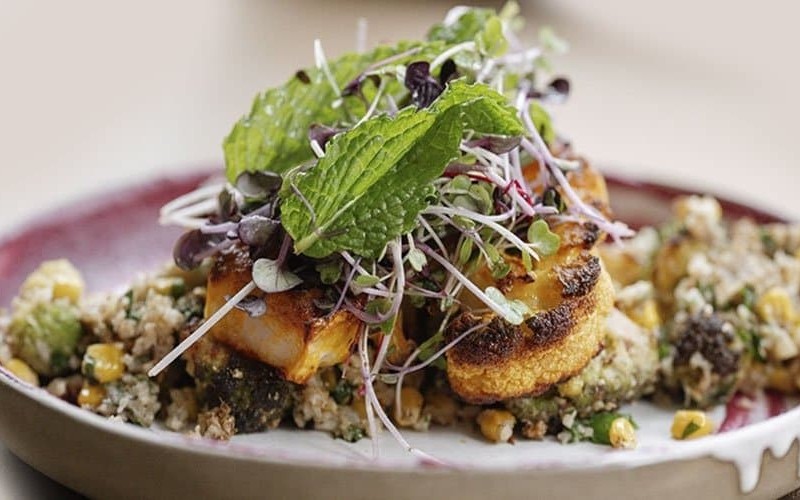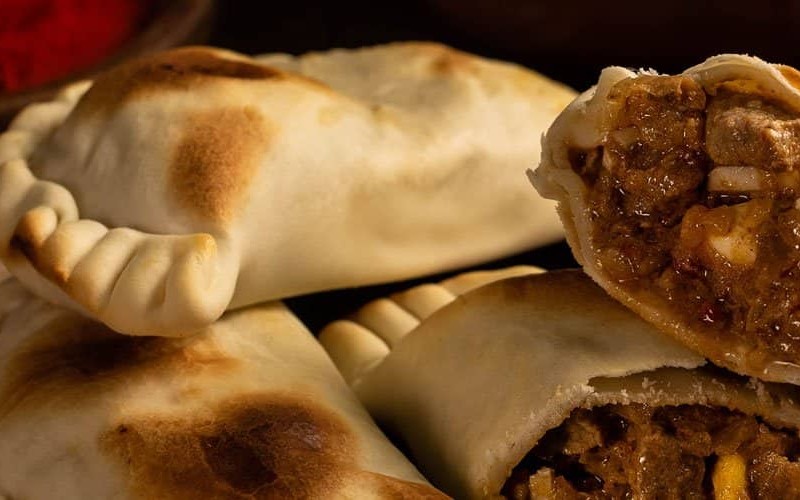Cultural Sips: Latin American Alternatives to Morning Coffee
Ever thought about what else could give you that morning kick without coffee? We have answers and cultural sips for all.

Coffee might be the go-to pick-me-up for most people, but let’s face it, sometimes you just need to spice things up a bit. These drinks have been around for centuries and have become a cornerstone of Latin American culture. So, if you’re tired of the same old cup of joe and want to broaden your horizons, these alternatives are definitely worth a shot. Plus, they’re all-natural energy boosters that come packed with a slew of vitamins, minerals, and antioxidants.
So, why settle for just a caffeine buzz when you can have a flavor explosion and a healthy boost all in one? Whether you need a pick-me-up to start your day, a refreshing thirst quencher for a sunny afternoon, or a cozy drink to warm you up on a chilly night, these authentic Latin American beverages are sure to become your new favorites.
Yerba Mate
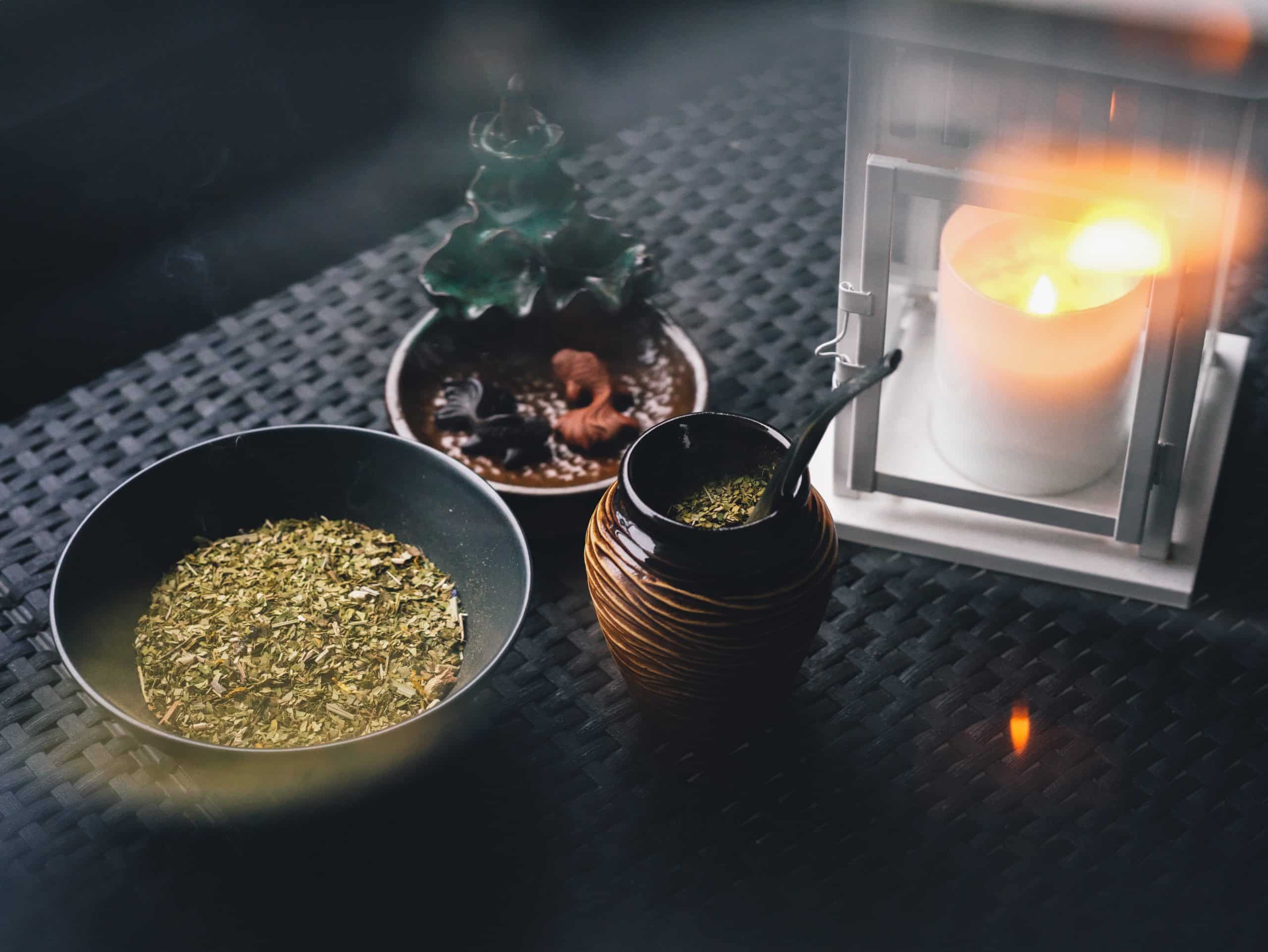
This beloved beverage is made by steeping dried leaves from the yerba mate plant in hot water and is enjoyed across Argentina, Uruguay, Paraguay, and Brazil for its delicious taste and energy-boosting properties. It’s packed with caffeine, antioxidants, and a heap of other vitamins and minerals, making it the ultimate wellness potion.
To prepare yerba mate, fill a hollowed-out gourd (called a mate) two-thirds full with the leaves, then moisten them with cool water and let them absorb it. Add hot water and steep for a few minutes before sipping on this magical brew. Sweeten with honey or sugar if you like, or add a splash of citrus for some extra zing. And if you’re feeling fancy, you can brew it using a French press or tea infuser.
Té de Guayusa
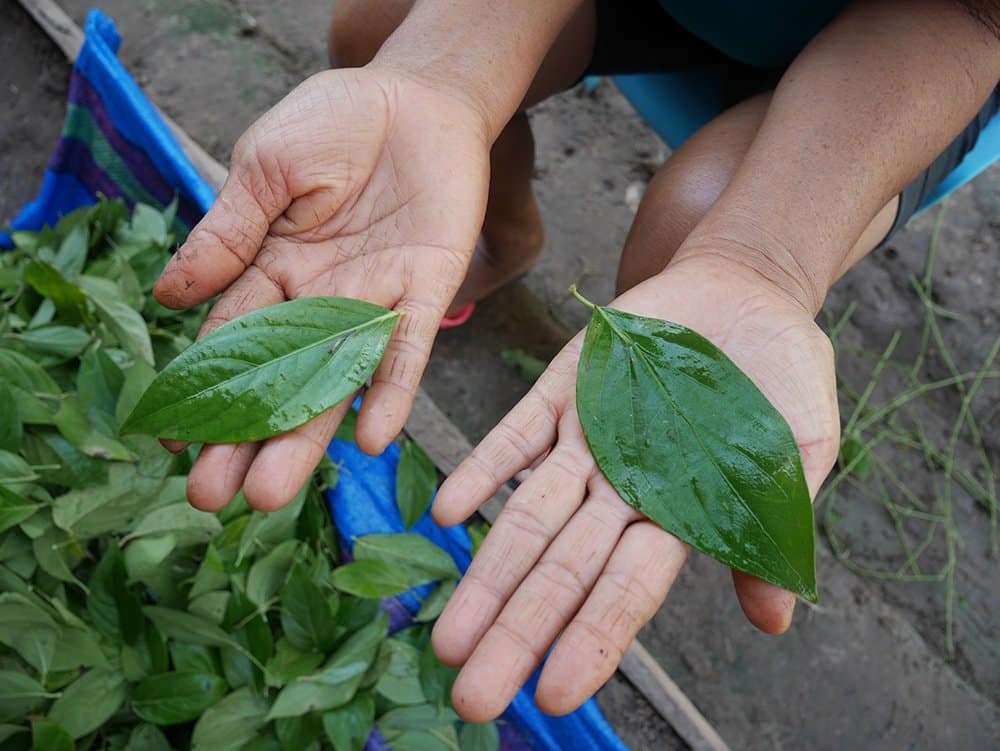
This tea is a traditional Amazonian drink consumed by indigenous communities in Ecuador, Colombia, and Peru. Made from the leaves of the guayusa tree, it’s packed with natural caffeine and other stimulating compounds that’ll have you buzzing with energy.
To brew, simply boil 4 cups of water, add 4-5 guayusa leaves, and let steep for 5-7 minutes. Strain, serve hot, and add some sweetness if you have a sweet tooth. Want to take it up a notch? Add some cinnamon or mint for an extra kick.
Pinolillo
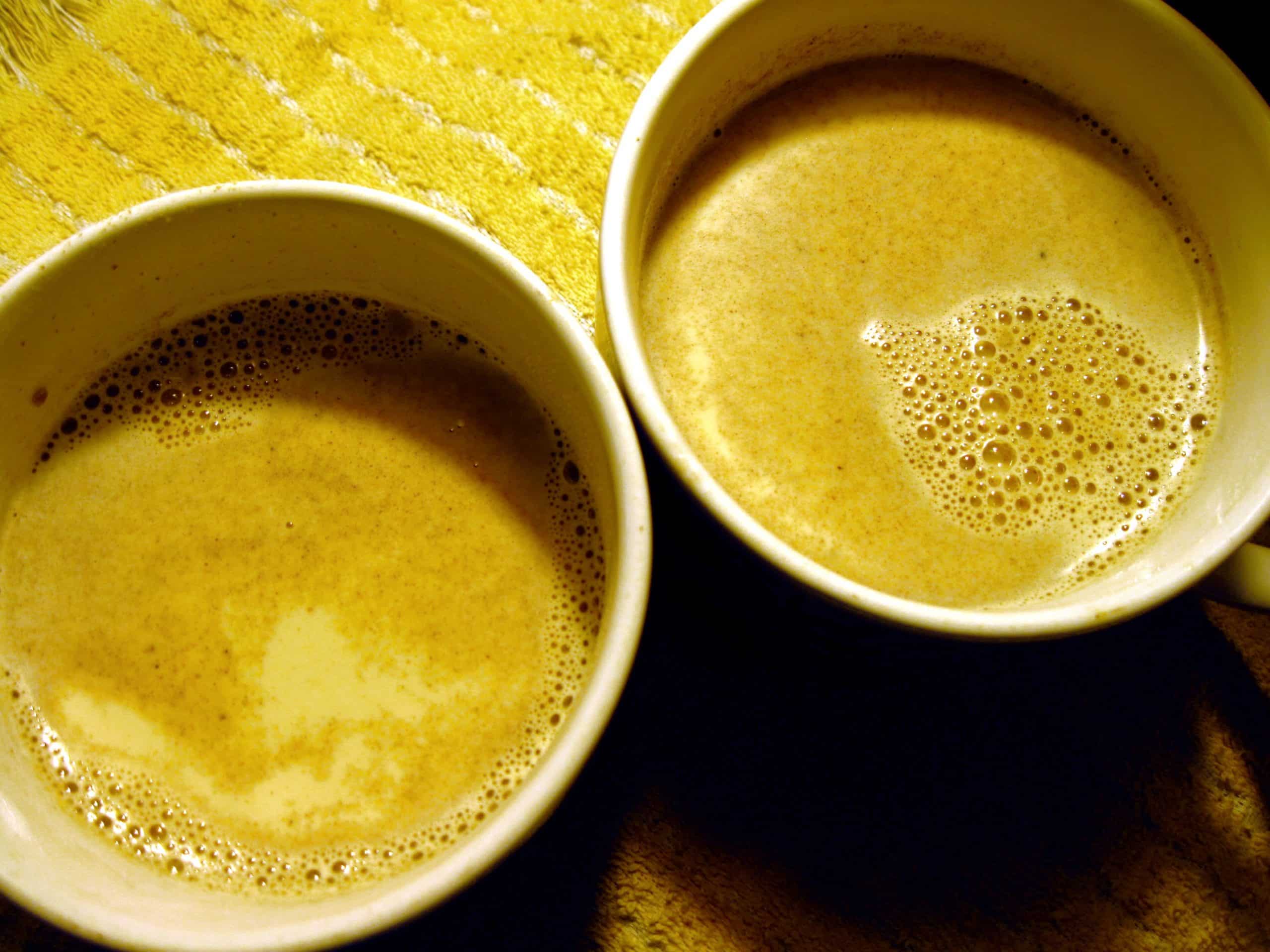
This Central American drink is the ultimate comfort food in a cup. Made from toasted corn flour, cocoa, and cinnamon, with hints of vanilla and sugar, Pinolillo is a rich, chocolatey beverage that’ll warm you up on a cold day and cool you down on a hot one. It’s a cultural icon in Nicaragua, Honduras, and El Salvador, where it’s sipped on and celebrated by young and old alike.
The best part? The cocoa and cinnamon in Pinolillo contain just enough caffeine to give you a little energy boost without the jitters. To make this tasty drink, simply roast some cornmeal, blend it with cocoa, cinnamon, and sugar, and add hot water or milk to taste. It’s that easy!
Guaraná

Native to Brazil, guaraná has been used for centuries by indigenous communities for its natural caffeine, theobromine, and other energizing compounds. Nowadays, it’s a popular ingredient in energy drinks, supplements, and other products. But why settle for pre-made when you can make your own delicious guaraná drink at home?
Mix 2 tablespoons of guaraná powder, 1 tablespoon of sugar, and 1 cup of water in a blender until smooth. Pour it over ice, top it off with soda water, and add a slice of lime. Ah, refreshing and energizing.
Tereré
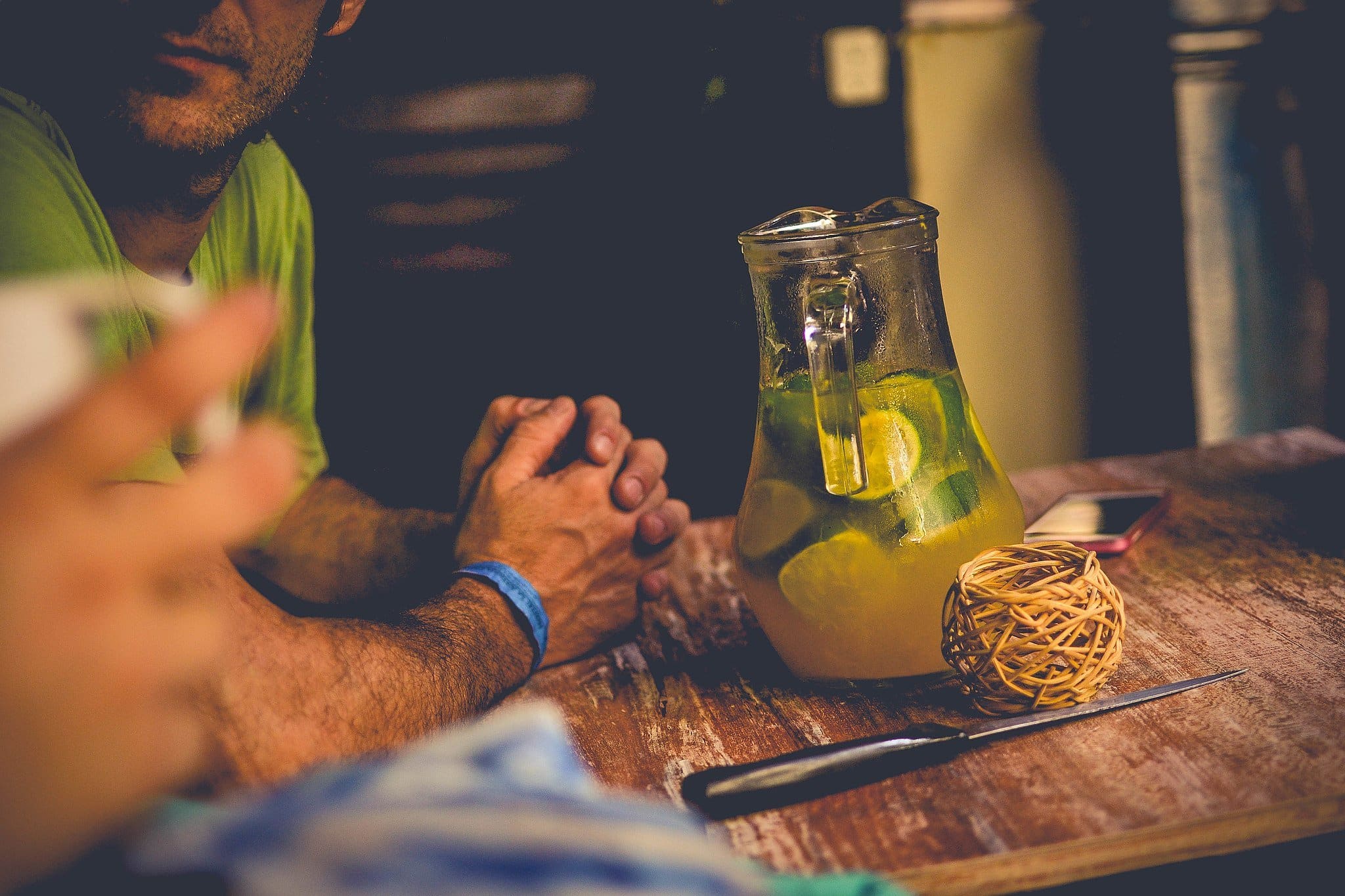
Hailing from Paraguay, this refreshing drink is made by steeping yerba mate leaves in cold water, then jazzing it up with ice, herbs, fruits, and sweeteners for a little extra pizzazz. It’s typically enjoyed with friends and family, who pass around a shared cup and sip through a metal or bamboo straw called a bombilla. With its many health benefits, including aiding digestion and improving mental clarity, tereré is the perfect drink to sip on a hot summer day.
To make your own, grab a guampa (a traditional drinking cup made from a hollowed-out gourd) and fill it halfway with yerba mate leaves. Add some fresh mint, a squeeze of lemon or lime juice, and a dash of honey or sugar. Then, fill the guampa to the top with ice-cold water or juice and sip away with a bombilla. Salud!


